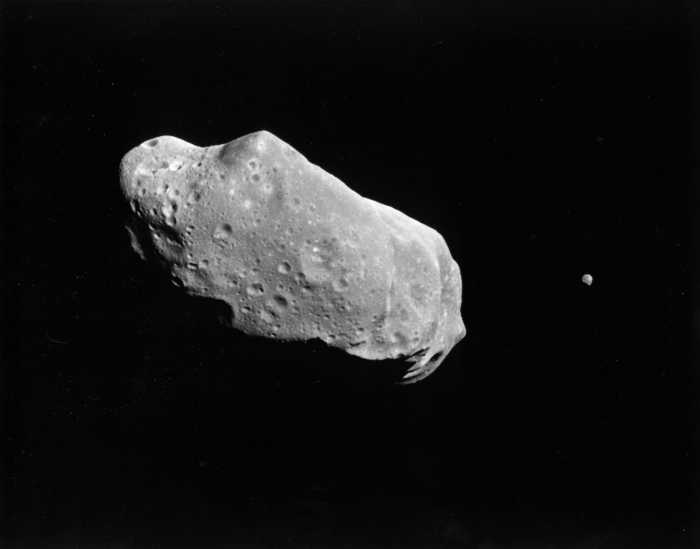For a long time now, scientists have been trying to theorize and discover the different secrets hidden in our own planet, Earth. They have succeeded in a number of such quests and there is no doubt that our Earth has some very unique qualities that are sometimes very hard to believe.
Did you know that Earth is not a perfect sphere or that the Earth is the only planet that is not named after a Greek or Roman deity? There are many other such jaw-dropping facts related to the planet that we are born on and hence here we come up with 12 such amazing facts about the Earth.
12 Interesting Facts About Earth:-
1. The Poles will Flip
We know that the extreme North is somewhere above Alaska and the extreme south is in the middle of Antarctica but the Earth’s magnetic poles have flip-flopped every several thousand years so, if you carry a compass in your hand 800,000 years from now, the north will point towards Antarctica.

2. Earth was Believed to be The Center of The Universe
For a long time in the history of mankind, it was believed that Earth was stationary and was the center of the universe, and all the celestial bodies revolved around it. Later it was theorized as Sun was the center of the universe but that was also not correct. It definitely took a while to understand the Universe the way we study it today.

3. Largest Living Things are not Animals or Trees
When we think about the largest species, we quickly think of elephants or blue what or giant trees but those are not the biggest living things found on Earth. The largest thing to be ever found is a specific honey fungus, belonging to the Armillaria genus and measures a whopping 3.8 km!

4. Natural Satellite, Moon
As you all know, Earth has only one natural satellite, Moon but it is the largest satellite when it comes to the percentage of the size of the body that it orbits, otherwise it is only the fifth-largest natural satellite. Also, you might think that it is just one natural satellite and a few artificial satellites orbiting the Earth, but if you get a chance to go to International Space Station, you will find that Earth’s orbit is actually full of junk.

5. Ethiopia’s Danakil Depression
This is one of the most bizarre landscapes as it is the hottest, driest, lowest, and very very weird. It is one of the most uninhabitable places on Earth as it has hot springs, poisonous gases, lava lakes, and more to offer.

6. Co-orbital Satellites
You must have heard of natural satellites quite a few times now but do you know Earth even has 2 Co-orbital satellites. There are two asteroids called 3753 Cruithne and 2002 AA29 and are locked in co-orbital orbits with the Earth.

7. We are Rich
The Gold that is found in Earth’s core is so much that it is enough to cover the entire surface of the Earth in 1.5 feet of pure gold.

8. Greenhouse Effect is Necessary
We all have learned in lower classes that the greenhouse effect has led the Earth to global warming and it is true that too much of this effect is disastrous to out planet but that doesn’t mean that we can eradicate this effect entirely. If the greenhouse effect was to be entirely absent, Earth’s average temperature would have been 0 degree Celsius.

9. A New Supercontinent
The Earth’s tectonic plates move few inches every year, like how our fingernails grow. This pattern suggests that within 250 million years, a new supercontinent will be formed.

10. Closest Point from Space
As you would imagine, the closest point on Earth from space is actually not Mount Everest, it is Mount Chimborazo which is a 20,000+ Ft mountain in the Andes. Even though Mount Everest is taller, Mount Chimborazo sits on a bulged part of Earth.

11. We are not Stationary
The Earth travels through space at 67,000 mph and never has been in the same position as even Sun revolves around the Milky Way galaxy and the galaxy also moves in the space. This means that we have never stayed at the same place throughout our lifetime and every 1 hour, we are 67,000 miles away from where we were.

12. Stars are More than Grains of Sand
There are about seven quintillions, five hundred quadrillion grains of sand on Earth whereas the known and observable universe contains 70 thousand million, million, million stars, which means that there are still 10,000 stars for every grain of sand.

You May Also Like:-
- What is the History of thanksgiving? How does it Start?
- Key Numbers In Biblical Numerology, Quran, Hinduism & Buddhism
- 15 Interesting Facts About Greek Mythology
- Top 10 Famous Slaves In The History